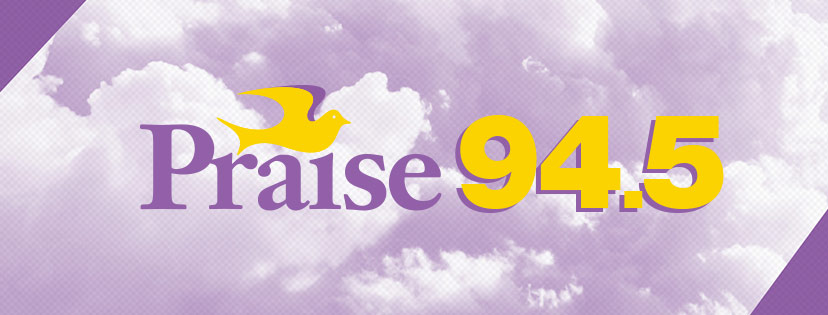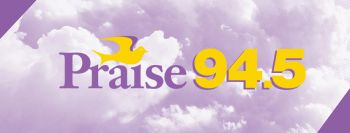Churches have begun to rebound financially with more seeing increases in giving, a new survey found.
Forty-three percent of churches saw giving go up in 2010. In the previous year, only 36 percent reported increases in giving.
Nearly half (46.5 percent) of churches were also able to increase their budget this year.
The statistics were laid out in the third annual State of the Plate report, a research project led by Maximum Generosity ministry, Christianity Today International and the Evangelical Council for Financial Accountability.
Released Wednesday, results from the survey of 1,507 churches revealed that many churches were still struggling financially. Thirty-nine percent saw a decline in giving in 2010, similar to the previous year.
Churches in the Pacific Coast states and Southeast states were hardest hit this past year.
Adding to their woes, however, is President Barack Obama’s FY 2012 budget proposal, which includes reducing the value of charitable tax deductions for Americans making $250,000 or more.
Ninety-one percent of survey respondents felt church giving would be negatively affected by the federal government’s plans.
“Charities and churches have been hit hard by the economy the past 3 years. If the government’s plan to change the rules on charitable tax deductions goes through, giving to charities and churches and the help they give to others will likely be negatively impacted at a time it is needed the most,” said Brian Kluth, founder of Maximum Generosity and the State of the Plate research, in a statement.
Nearly a third (31 percent) said changing the rules regarding charitable deductions would have a significant impact on future giving at their churches. Only around 9 percent felt it would have no impact.
Churches have been responding to economic challenges mainly by cutting back on staff travel and conferences expenses, and decreasing spending on ministry programs and expansion or renovation projects.
But with more churches faring better, many have responded with staff pay raises, and allocating more money to missions as well as facilities/maintenance/utilities.
According to the survey, churches more likely to have sailed through the economic storm more smoothly were larger churches.
Only 29 percent of megachurches (2,000+ attendance) experienced a decline in giving, compared to 40 percent of churches with an attendance of less than 100.
In other findings, most churches have been actively working on issues related to financial integrity and accountability. Ninety-four percent make their financial statements available upon request to their members and 90 percent provide copies of their annual budget to their congregation or make them available upon request.
Additionally, 84 percent of survey respondents reported that their church leadership board is made up of five or more people, with at least three of the people not being paid staff or a family member of paid staff.
The annual State of the Plate survey was not conducted as a random sampling study, but rather as a constituency survey. Respondents consisted of mainline (13 percent), evangelical (24 percent), Baptist (23 percent), Charismatic/Pentecostal (12 percent), independent/nondenominational (21 percent), Catholic/Orthodox (2 percent), and other (5 percent).
article courtesy of TheBelleReport.com














